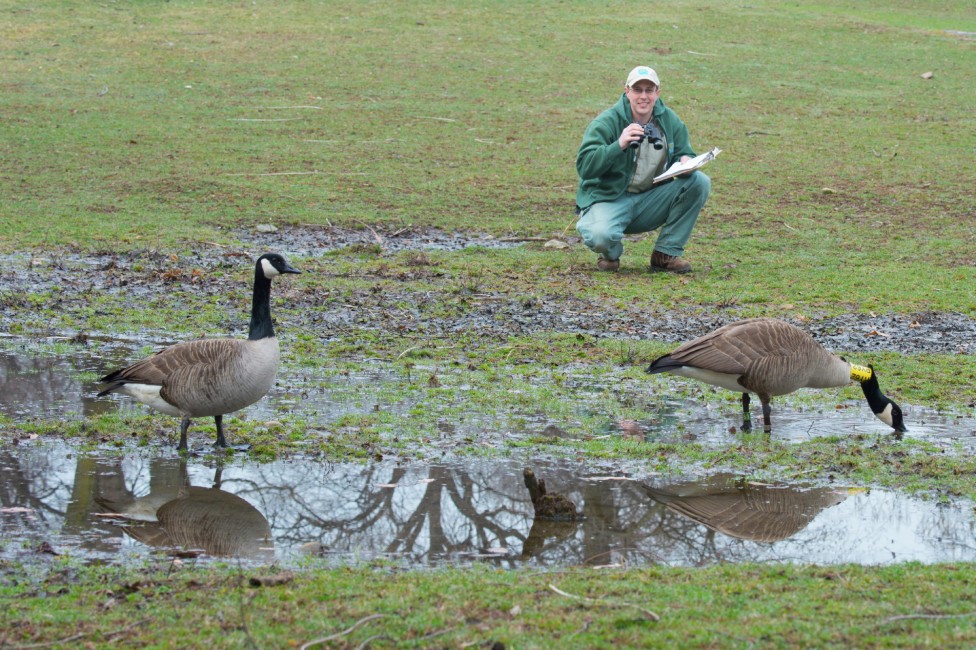
September 29, 2014
Wild Goose Chase
- as seen by -
 Ken Huth
Ken Huth
Nature and wildlife have always been my source of fun and relaxation. It is no surprise that I found a way to incorporate animals into my work. As supervisor of birds at the Wildlife Conservation Society’s Bronx Zoo, my day is filled with wildlife interactions, but it’s never enough.
As a part of an ongoing study of our resident Canada goose population, I get to drive around the zoo in a golf cart doing a sort of goose scavenger hunt. In an effort to monitor the zoo’s goose population, size, and distribution, I keep track of them by alpha-numeric plastic neck collars that fit loosely like a bracelet. I go from pond to pond, grassy area to grassy area, and all along the Bronx River checking them off my master list – RY73, check. RY85, check.
It might sound odd, but I get to know them as – dare I say it – individuals. For instance, RY70 and Green 52 are a couple. If I see RY70, I know her male, Green 52, is close by. I know where they like to nest and how many eggs they usually have.
I am also very interested in their pairing habits. It has long been assumed that waterfowl (Canada geese, among others) mate for life. In the past eight years, as I have been working with the resident geese at the Bronx Zoo, I have found this to be untrue. Birds “break up” and repair every so often. I am testing this assumption by tracking the breeding success of known banded pairs and seeing if breeding success is directly related to how long pairs stay together.
Nikon D4
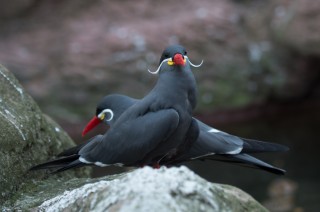
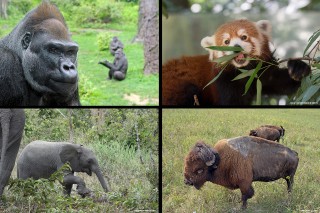
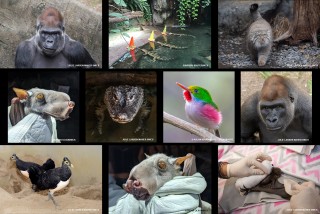
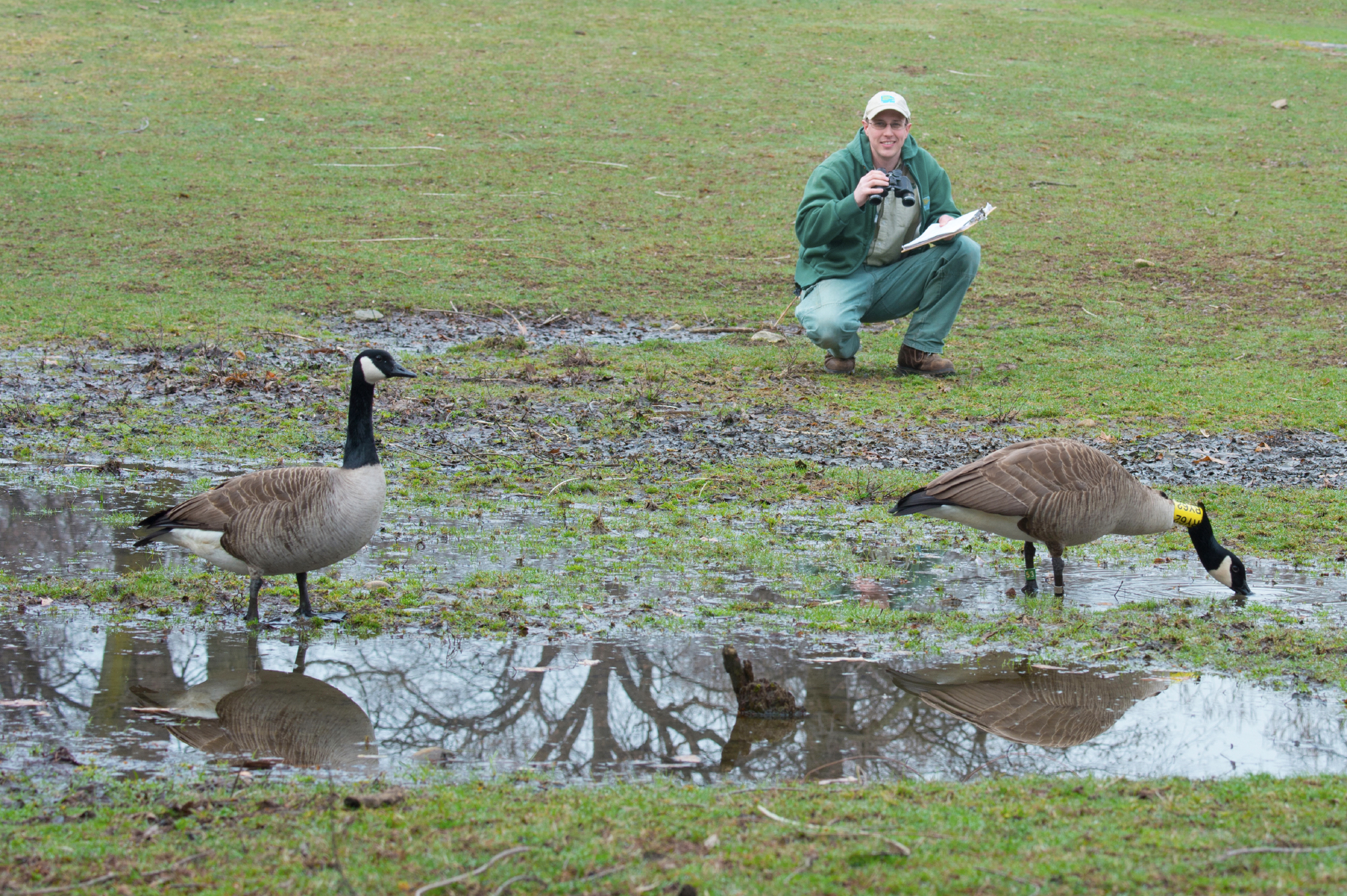
Leave a Comment